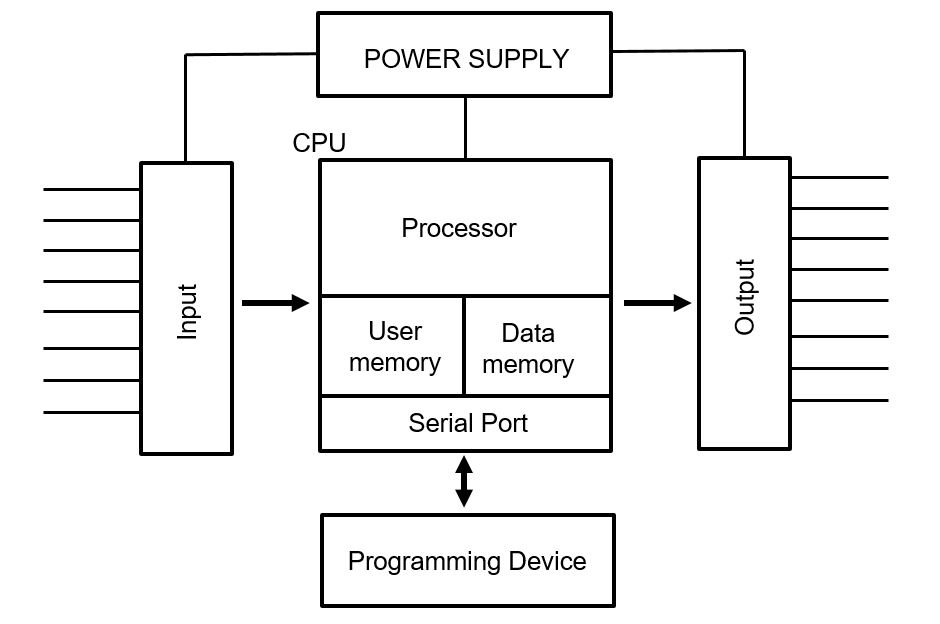
Secure cutting-edge automation solutions with PLC Control Design services by Semtool Engineering. Elevate your industrial processes. Call (03) 9548 5833.
Industrial automation is the use of control systems, machinery, and technology to handle a variety of processes and tasks in industries with minimal human intervention. The primary purpose of industrial automation is to increase efficiency, productivity, and safety by automating repetitive, time-consuming, and often hazardous tasks.
One primary element that can secure effective and safe industrial automation is the Programmable Logic Controllers or PLCs.
The Role of PLCs in Automation
PLCs are specialised computing devices designed for controlling and monitoring industrial processes. They play a central role in automating machinery, ensuring that tasks are executed with precision and efficiency. PLCs are commonly used in manufacturing, automotive, energy, and various other industries to manage complex processes such as assembly lines, robotics, and production cycles.
PLCs: Major Working Principles
Different elements help PLCs carry out their role.
They generally receive input signals from sensors and input devices that monitor the state of the industrial process. These signals often include information about temperature, pressure, position, flow rate, and more. PLCs then operate on a continuous loop known as a scan cycle. During each scan cycle, PLCs read input signals, execute the control program, and update output signals. The decisions made by PLCs are generated through logical and arithmetic operations of their control program. As for the instructions, they execute them sequentially, executing one after another in the control program.
Once the control program determines the necessary actions, the PLCs send output signals to actuators and output devices. These devices can include motors, valves, relays, solenoids, and other components that physically control the industrial machinery. Some PLCs may receive feedback signals from the output devices or sensors, providing information about the status of the controlled process. This feedback allows the PLCs to adjust their actions in real-time.
PLCs that are designed optimally establish proper communication with other PLCs, computers, and others. They also maximise an interface that allows operators to monitor the status of the industrial processes as well as diagnostic features that help identify system faults, errors, or abnormalities.
The Significance of PLC Design
To make PLCs effective, they should be designed by experts. We, at Semtool Engineering, have extensive knowledge and experience in designing PLCs, making our service helpful to many industries.
Our PLC design service involves a comprehensive understanding of the specific requirements of the industrial processes they are meant to control. It includes a deep knowledge of the machinery involved, the desired outcomes, and the safety and security considerations unique to each application.
We then work closely with industrial clients to tailor solutions that meet the unique needs of their industry. Whether it’s optimising production cycles, ensuring quality control, or enhancing energy efficiency, our PLC design takes a holistic approach, considering the entire ecosystem of the industrial process and designing a PLC system that integrates seamlessly.
Semtool Engineering’s PLC design likewise focuses on creating PLCs with built-in redundancy, robust security measures, integration of emerging technologies, and efficient coding to make them work.
PLC design by Semtool Engineering can help craft systems that maximise precision, reliability, and security. It is the expert-led PLC design that truly orchestrates harmony and ensures the seamless operation of industrial processes today.